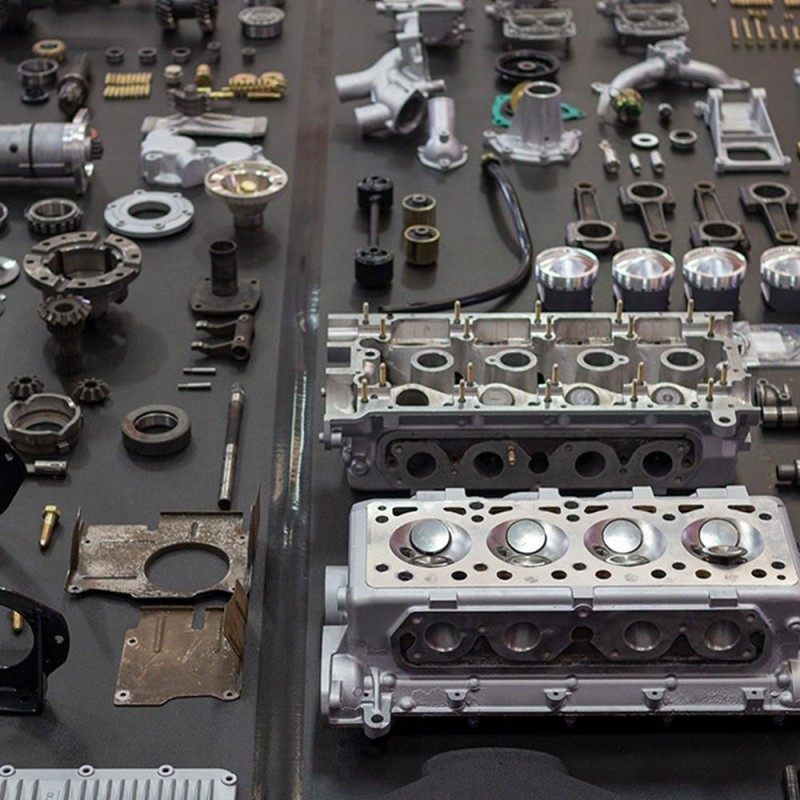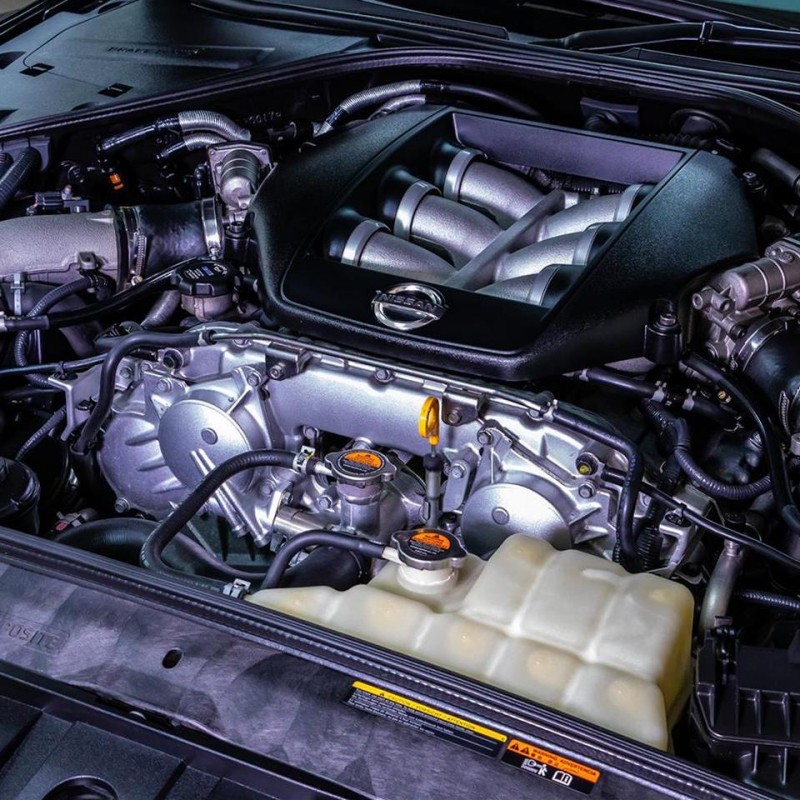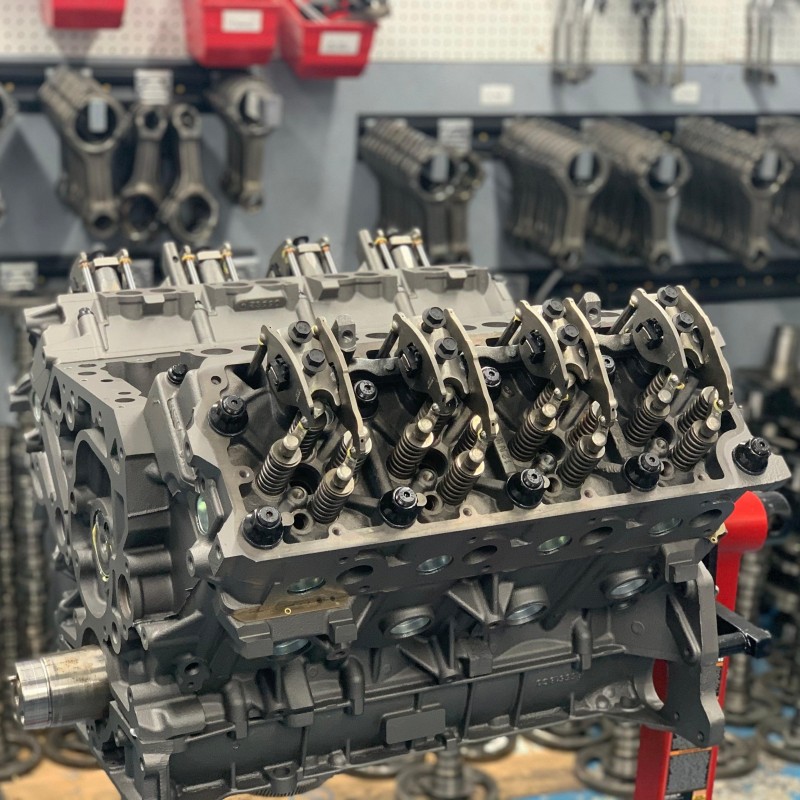Turbocharged engines have gained immense popularity in the automotive industry, offering a blend of performance, efficiency, and innovation that appeals to both enthusiasts and everyday drivers alike. These engines utilize a turbocharger—an ingenious device that compresses the intake air, allowing more air and fuel into the combustion chamber, thereby increasing power without significantly increasing displacement. This technology has become a game-changer in modern engineering, allowing manufacturers to meet strict fuel efficiency and emissions regulations while still delivering exhilarating driving experiences. Understanding the intricacies of turbocharged engines is essential for anyone interested in automotive technology. In this comprehensive guide, we will delve into the mechanics of turbocharged engines, their advantages and disadvantages, how they compare to naturally aspirated engines, and their applications across various vehicles. By the end of this article, you’ll have a thorough understanding of turbocharged engines and their impact on the automotive landscape.
The Mechanics of Turbocharged Engines
To appreciate the benefits of turbocharged engine, it’s important to understand how they operate.
Fundamental Components
A turbocharged engine consists of several key components that work together to boost performance.
- Turbocharger: This device comprises a turbine and a compressor. The turbine is driven by exhaust gases while the compressor draws in and compresses outside air before it enters the engine.
- Intercooler: After compressing the air, it can become significantly hotter. The intercooler cools this compressed air before it enters the engine, resulting in denser air and more efficient combustion.
- Wastegate: This component controls the flow of exhaust gases through the turbine, preventing the turbocharger from producing too much boost and protecting the engine from damage.
How It Works
The operation of a turbocharged engine can be explained in straightforward terms.
- Exhaust Gas Momentum: When an engine operates, it expels exhaust gases. In traditional engines, this gas is wasted, but in turbocharged engine, these gases spin the turbine, which in turn drives the compressor.
- Increased Air Intake: The compressor forces more air into the combustion chamber, allowing for a greater amount of fuel to be burned. This leads to increased power output without needing larger engine displacement.
Boost Pressure
Boost pressure is a crucial measurement in turbocharged engine.
- Understanding Boost: This pressure indicates how much more air is being forced into the engine compared to atmospheric pressure. Higher boost levels typically result in greater performance but require careful tuning and quality components to handle increased stresses.
Advantages of Turbocharged Engines
The adoption of turbocharged engine has been accompanied by numerous advantages, making them increasingly favored by manufacturers and consumers.
Enhanced Power and Performance
One of the primary benefits of turbocharged engine is their ability to deliver significant power increases.
- Efficiency Gains: Turbocharged engine can produce more power from a smaller displacement, allowing for lighter vehicles with better power-to-weight ratios.
- Instant Acceleration: Many turbocharged engine deliver power in a responsive and dynamic manner, providing instant acceleration, especially when equipped with modern technologies like twin-scroll setups.
Improved Fuel Efficiency
Turbocharging is synonymous with improved fuel economy, particularly in today’s market.
- Smaller Engines, More Power: By utilizing a turbocharger, car manufacturers can downsize engine displacements without sacrificing performance. This transition means more efficient fuel consumption during regular driving.
- Variable Displacement: Turbocharged engine can adjust to different driving conditions, optimizing fuel efficiency when less power is needed.
Lower Emissions
Developing a sustainable automotive industry is crucial, and turbocharged engine play an essential role.
- Efficient Combustion: With more complete combustion due to increased air intake, turbocharged engine emit fewer harmful gases. As manufacturers face stricter regulations regarding emissions, turbocharged options become increasingly viable.
Disadvantages of Turbocharged Engines
While turbocharged engines offer notable benefits, they also come with some drawbacks that potential buyers should consider.
Turbo Lag
Turbo lag can be a significant concern for many drivers.
- Delay in Power Delivery: Turbo lag refers to the delay between the driver’s throttle input and the response of the turbocharger. This can result in a sluggish acceleration response, especially noticeable in low RPM conditions.
Complexity of Repair
Turbocharged engine can introduce additional complexities regarding maintenance and repair.
- Higher Repair Costs: Due to the intricacies of turbo systems, repairs can be more expensive than those for naturally aspirated engines. Components like turbochargers and intercoolers may require specialized expertise.
Heat Management Issues
Due to their design, turbocharged engine generate more heat than their naturally aspirated counterparts.
- Cooling Systems: Maintaining optimal engine temperatures becomes crucial, requiring advanced cooling systems to handle the additional heat generated during operation. Neglecting this aspect can lead to premature failures.
Turbocharged Engines vs. Naturally Aspirated Engines
Understanding the differences between turbocharged and naturally aspirated engines can help you make informed choices.
Power Delivery
The way power is delivered differs significantly between these two types of engines.
- Turbocharged Engines: They provide a rush of power, often leading to a thrilling driving experience. Power delivery can be influenced by boost pressure and turbo design.
- Naturally Aspirated Engines: These engines rely solely on atmospheric pressure for air intake. As a result, their power delivery is linear and predictable, which some enthusiasts may prefer for specific driving experiences.
Maintenance Considerations
Each engine type has different implications for maintenance and repair.
- Turbocharged Engines: While offering many advantages, turbocharged engine may require more frequent monitoring of turbo performance, oil levels, and heat management.
- Naturally Aspirated Engines: Though generally simpler, these engines can suffer from decreased power as they age and may require more significant repairs when problems arise.
Driving Experience
The driving feel between these engines is affected by their design and operation.
- Turbocharged Engines: They often offer a sportier, more exhilarating driving experience thanks to their rapid acceleration and responsiveness.
- Naturally Aspirated Engines: While providing a smooth and predictable drive, they may not deliver the same adrenaline rush as their turbocharged counterparts.
Applications of Turbocharged Engines
Turbocharged engines are utilized in a variety of applications, each benefiting differently from the technology.
Performance Vehicles
Turbocharging is common in high-performance sports cars and supercars.
- Power Enhancements: Manufacturers often opt for turbocharging to provide drivers with thrilling performance without increasing engine size or weight.
Everyday Vehicles
Beyond performance vehicles, turbocharged engine have found their way into everyday cars, SUVs, and even trucks.
- Fuel Efficiency Improvements: Many modern sedans and compact cars utilize turbocharged engine to enhance fuel efficiency and performance, offering consumers greater value.
Commercial Vehicles
Heavy-duty trucks and commercial vehicles are also leveraging turbocharging technology.
- Increased Towing Capacity: By providing additional torque and power, turbocharged engines enable commercial vehicles to manage heavier loads more efficiently.
Motorsports
Turbocharging plays an integral role in many motorsport disciplines.
- Competitive Edge: The additional power and efficiency provided by turbocharged engines can provide a significant advantage on the racetrack, making them a popular choice among racing teams.
The Future of Turbocharging Technology
As technology continues to evolve, so does the approach to turbocharged engines.
Integration with Hybrid Systems
The future of automotive technology will likely see greater integration of turbocharging with hybrid systems.
- Enhanced Efficiency: Hybrid engines may utilize turbocharged components to maximize both power and efficiency, resulting in reduced emissions while enhancing performance.
Advancements in Materials and Design
Ongoing research and development in materials and design are paving the way for more effective turbocharged engines.
- Weight Reduction: Using lightweight materials can improve performance and overall vehicle efficiency, making turbocharges more accessible in various vehicle types.
Enhanced Control Mechanisms
Modern vehicles can harness advanced technology to improve engine performance.
- Electronic Control Units (ECUs): The integration of ECUs into turbocharged engines can optimize power delivery, enhance responsiveness, and improve overall driveability.

Conclusion
In summary, turbocharged engines have revolutionized the automotive industry by offering a perfect blend of performance, efficiency, and innovation. With their ability to produce more power from smaller engine displacements, turbocharged engines meet the challenges posed by the need for improved fuel economy and lower emissions. While they offer numerous advantages, such as enhanced acceleration and improved efficiency, understanding their complexities and maintenance requirements is essential for any driver or enthusiast.
Therefore, whether you are considering a turbocharged vehicle for your next purchase or simply want to understand the mechanics behind these systems, knowledge is crucial. By recognizing the benefits, weighing the disadvantages, and staying informed about advancements in turbocharging technology, you’ll be better equipped to appreciate how turbocharged engines impact both driving experiences and the automotive landscape at large.